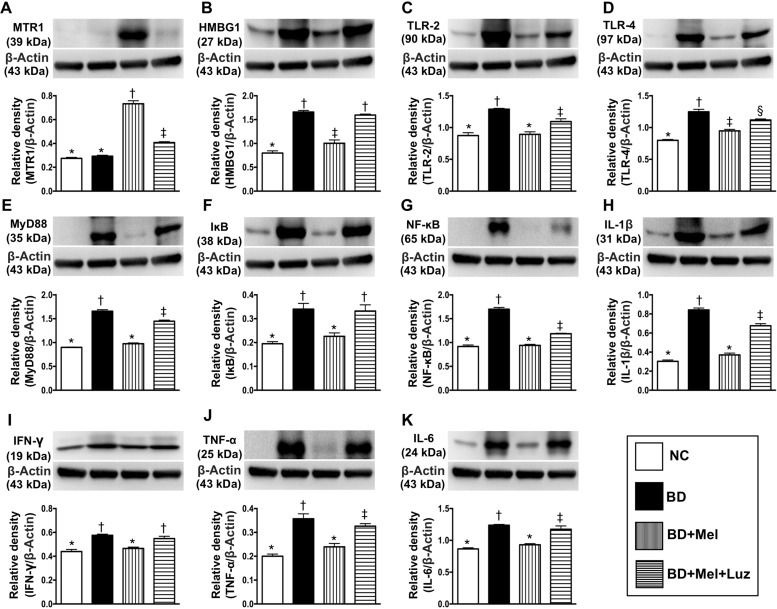Figure 3. Investigated the therapeutic impact of melatonin on protein expressions of DAMPs-inflammatory signaling in setting of BD.
(A) Protein expression of melatonin receptor 1 (MTR1), * vs. other groups with different symbols (†, ‡), p < 0.0001. (B) High-mobility group box-1 (HMGB-1), * vs. other groups with different symbols (†, ‡), p < 0.001. (C) Protein expression of toll-like receptor (TLR)-2, * vs. other groups with different symbols (†, ‡), p < 0.001. (D) Protein expression of TLR-4, * vs. other groups with different symbols (†, ‡, §), p < 0.001. (E) Protein expression of myeloid differentiation primary response gene 88 (MyD88), * vs. other groups with different symbols (†, ‡), p < 0.001. (F) Protein expression of IκB, * vs. other groups with different symbols (†, ‡, §), p < 0.001. (G) Protein expression of nuclear factor (NF)-κB, * vs. other groups with different symbols (†, ‡), p < 0.001. (H) Protein expression of interleukin (IL) – 1ß, * vs. other groups with different symbols (†, ‡), p < 0.0001. (I) Protein expression of interferon (IFN)-γ, * vs. †, p < 0.01. (J) Protein expression of tumor necrosis factor (TNF)-α, * vs. other groups with different symbols (†, ‡), p < 0.0001. (K) Protein expression of IL-6, * vs. other groups with different symbols (†, ‡), p < 0.001. All statistical analyses were performed by one-way ANOVA, followed by Bonferroni multiple comparison post hoc test (n = 6 for each group). Symbols (*, †, ‡, §) indicate significance (at 0.05 level). NC = normal control; BD = brain death; Mel = melatonin; Luz = luzindole.

